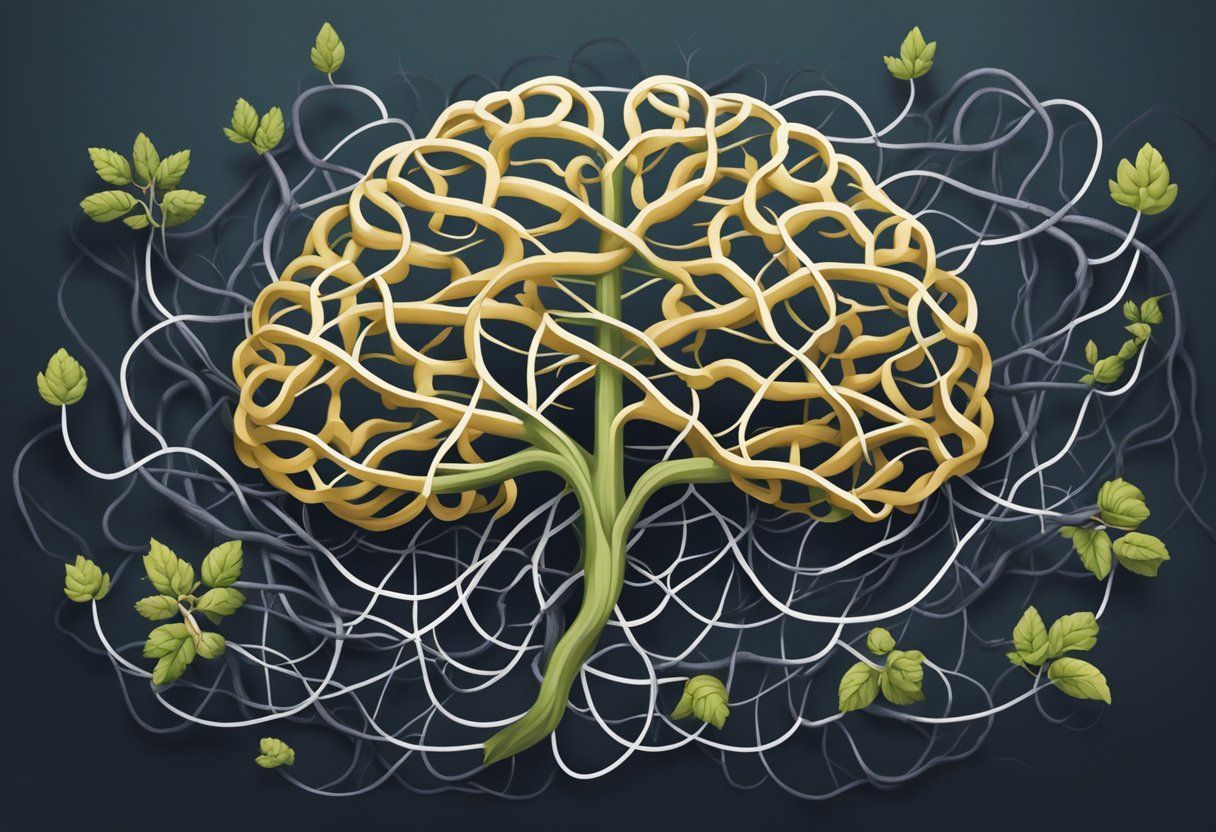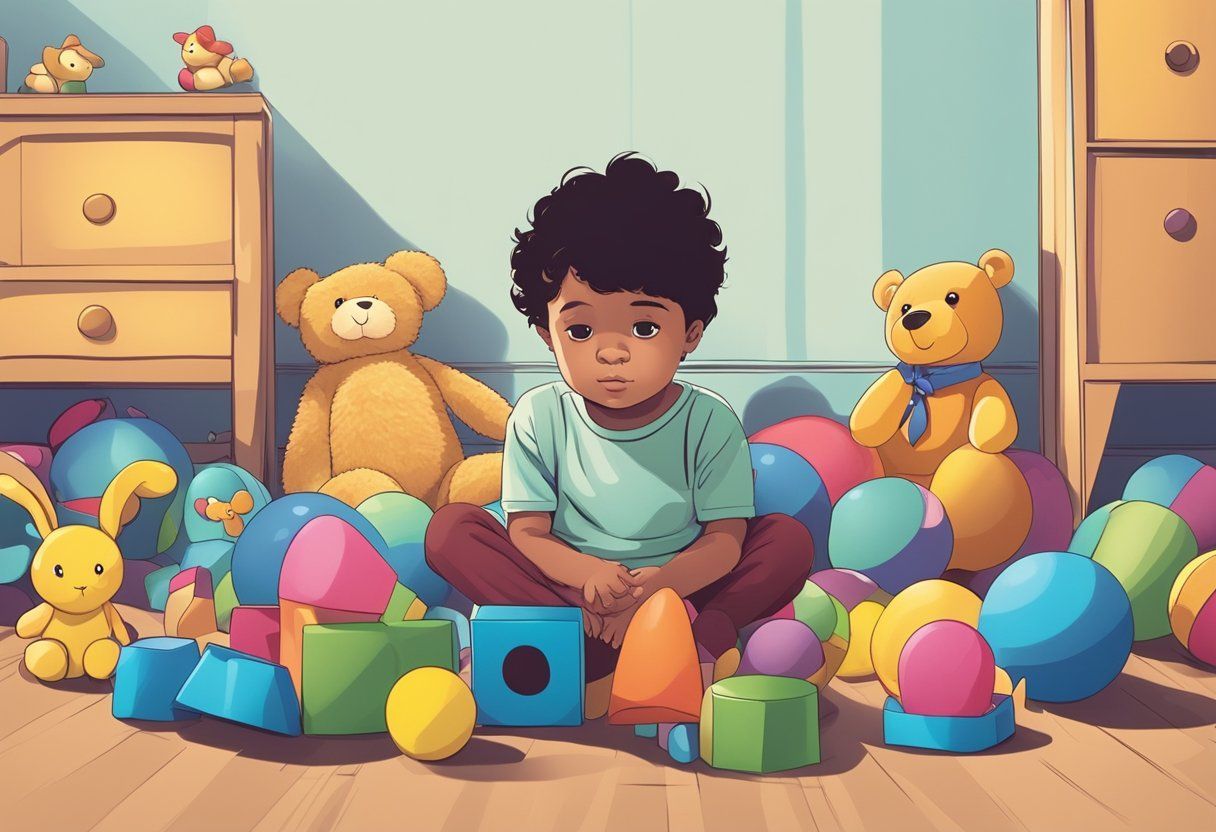BLOG
Categories
The Struggles of Adopted Adolescents
Many adopted kids seem to have more than their fair share of issues when they reach the adolescent years. Some can seem to turn on the very people who rescued them years before, their adopted parents. Why is that?
Here’s why . . . just as self-awareness and insecurity grows in the adolescent years, adopted children especially struggle with the who and why of their adoption at this time. Feelings of abandonment by their birth mother can add to an already emotionally charged adolescence, as they search for meaning, belonging and validity in their life. Adopted children question their true identity during the teen years. For the mortified adoptive parents, their teenager’s growing independence may usher in a profound and shocking lack of appreciation and even a temporary hatred of them. So, the obvious question from these parents is, “What have we done wrong?” My answer to them in most cases is that they have done nothing wrong.
As with every teenager, adopted children are trying to find their own identity and to accept themselves for who they are.
They are seeking to be comfortable in their own skin. But adopted teens have the added burden of figuring out, “Why did my birth-mom give me up? What was she really like? What was happening in her life at the time? Who am I really? Was there something about me she couldn’t accept? Who and where are my biological extended family members? Do I look like my dad? Do I have any biological brothers or sisters?” As a result, more than one third of all the kids who have serious behavioral issues come from adoptive families. That’s because the issues adopted kids face are uncommon. They spring from deep-seated feelings of abandonment, even when they are raised with much love and support from their adoptive parents. Parents must learn that their adopted teen will face a specialized set of challenges, and it requires a willingness to hang in there, even in the face of rejection. Most teens work through this phase after a few years and come out on the other side unscathed, if parents stick with them and love them unconditionally. Sometimes the misbehavior can actually be a subconscious test by the adopted teen, to see if their new parents will abandon them as well, if they act up enough.
Other Reasons Why Adopted Teens Struggle
High-Risk Pregnancies
Some domestic adopted children come from high-risk pregnancies with the birth mother having drug or alcohol addiction problems, poor prenatal nutrition, or may have lacked adequate medical care. These problems may not be known to the adoptive family, or even to the adoption agency, for that matter. Even if it is known, sometimes it is either overlooked or entirely forgotten once the child is home. The result of a higher-risk pregnancy is that the child may come pre-wired with Attention Deficit Hyperactive Disorder (ADHD), an emotional or psychological disorder, or exhibit extreme impulsivity and emotional detachment. These effects of a high-risk pregnancy usually don’t show up right away, but become evident over time, and come full-bloom during the teenage years.
A Lingering Sense of Wonder
Adopted children also struggle with how life may have been different, had they not been given up by their birth parents. Questions are swirling in their minds, like: “What was my name supposed to be? What genes will I passing along to my own children that I don’t know about? Where are my parents today? How would my life have been different if they had kept me? How does my coming into my adoptive family affect their biological children — do I disrupt the family just by being here?”
Certain Celebrations May Trigger Difficult Behavior
If an adopted child is feeling a keen sense of identity loss, then the adoptive parents need to understand that certain holidays like Mother’s Day, Father’s Day, a birthday, or celebrations like a baby dedication or baptism may prove especially tough to manage. These events can trigger emotional outbursts or other difficult behavior.
What Can Adoptive Parents Do?
Keep in mind that it’s not wrong for an adopted teen to struggle through these issues, nor have the parents necessarily done anything wrong to cause the teen’s behavioral issues. It is just how life is sometimes. Instead, the parents can see it as an opportunity to respond in a compassionate, selfless manner, just as they did the day they signed the paperwork at the adoption agency and took their adopted child home. Just by knowing that difficult behavior is not uncommon for adopted kids during their teenage years will help you deal with it in the right way. Don’t take it personally. It isn’t a slap in the face (though you may be slapped in the face). It isn’t teenage rebellion (though that could be mixed in as well). And, it isn’t that they don’t appreciate or love you. It is something only they can fully understand, and your role is to continue to love them while remaining their parent. Giving up that role or trying to “fix” the problem with “things” or avoidance will only add to their confusion. Most of all, what your adopted child needs is stability in your home, understanding, and time to work through these issues, coupled with your love and support. They need you to remain steady while their world turns upside down. Be assured, everything will right itself before long.
SOURCE: https://www.rescueyouth.com/the-struggles-of-adopted-adolescents/
RECENT POSTS



Bringing and keeping families together!





